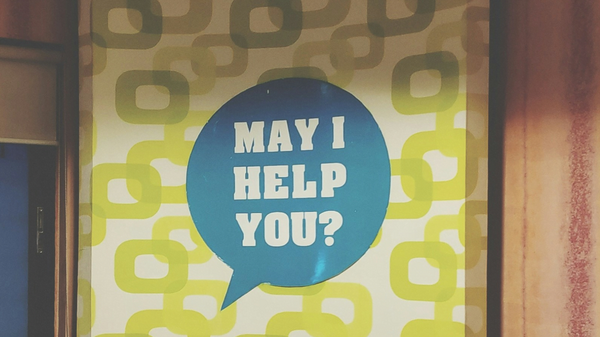Our main goal in any chatbot conversation is to help the user with their question or task. An important part of that is making sure that the user is understood by the chatbot - and sometimes this means that we have to guide the user in how they talk with it.

An example we have all encountered is our chatbot asking the user to "please keep it short".
But is that really the best way to guide our users? And is the welcome message the best place to do so? These were the questions addressed in the paper by Yeh, Wu, Chang et al. (2022), where they talked about type of guidance, and timing of guidance. What works?
Timing and Type
Talking about timing of guidance, the paper identified four possible options:
-
Welcome message (called service onboarding in the paper).
-
Task introduction
-
After failure
-
Upon request
With regards to type, the paper talks about two broad categories: rules, and examples. Rules are saying things such as "Avoid using abbreviations" and "Dates are DD/MM/YY". Examples, on the other hand, look more like a message saying: "If you want to book accommodation, you can say 'I want a hotel in Amsterdam from 10/1 to 12/1 for 2 people'."
Best Practices
So what does that mean, concretely? We can take three broad lessons from the paper for best practice:
-
The best Type x Timing combination is to use examples at task introduction. Of course, this means that we need to be able to define our chatbots "tasks". If our chatbot offers accommodation booking, then the task is distinct from the welcome message. But if our chatbot is an FAQ bot, this distinction may be harder. Even so, examples in the welcome message are likely to be skipped or found irrelevant, and at worst limiting users! So try to delay examples until the point where the user really needs them - at the start of flows, for instance.
-
Never use examples after failure. The example is often not specific to the breakdown, and can even feel condescending - "nice that you let me know how to talk to you AFTER I tried...". Rules (e.g. “write dates like DD/MM/YY” ) are much better here, but then you need to know which rule the user 'violated'. If possible, make use of dynamic fallback messaging to let users know why their message failed to register.
-
Examples are used as templates - works fast, but your users won't learn. If your users chat with your chatbot once a year, examples will be great guidance. But if your users are returning often, you may want to use rules to teach them how the chatbot's 'mind' works.
Eager to start applying this to your chatbot, but not sure what works best? We got you: have you already started using our A/B testing tool?



